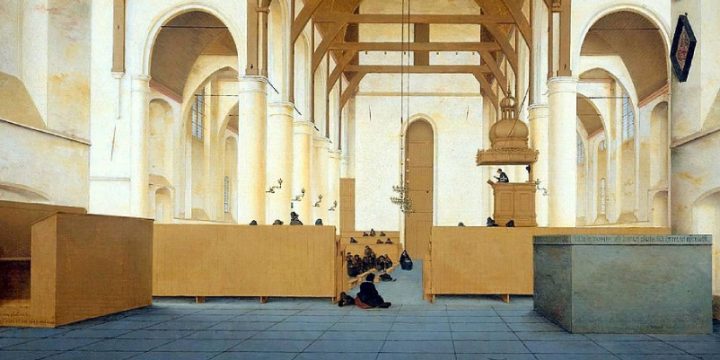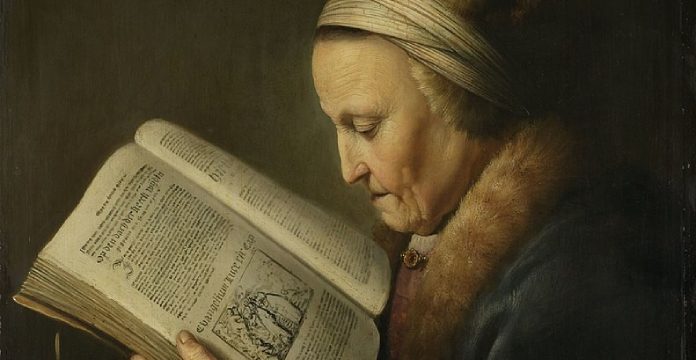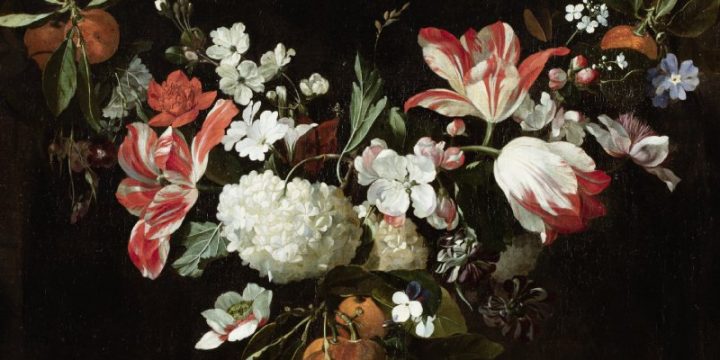
Pieter Saenredam
The indoor and outdoor churches painted by the Dutch Pieter Jansz Saenredam (1597-1665) unveil a certain amount of mystery and a refined special touch and that's the reason they have always been so much captivating over time and for so many painters like Vilhelm Hammershoi or Fernando Zobel. The Saenredam's churches are so different as there is no evident sign of faith, no “grandeur” at all. The characters almost never pray, they just walk along the aisle, visit the chapels, just as they were in a cabinet of curiosities. A touch of austere piety given by the use of colour so measured, so accurate, the rest is just architecture, space and light.


